 Today, Matthew Robertson, Co-CEO, NetDespatch, considers delivery speed and whether faster deliveries really are what consumers want
Today, Matthew Robertson, Co-CEO, NetDespatch, considers delivery speed and whether faster deliveries really are what consumers want
Is the need for speed is a real driver for ecommerce or can satisfaction be delivered in other perhaps more cost effective methods.
Why faster is not always better in ecommerce delivery
In our non-stop lives, it often seems that everyone is competing to do things as quickly as possible. Nowhere is this more apparent than in the fast-paced world of online retail. There’s an abiding assumption that, if customers want something, they want it as fast as humanly – or technologically – possible. The result is that delivery speed continues to be the key battleground for online retailers. From same-day, four-hour and last year’s Prime day delivery record of 14 minutes and 8 seconds; the “need for speed” isn’t just a line from Top Gun where retail is concerned. The effect of this is that retailers are frequently choosing delivery speed as the primary competitive factor. But is faster really always better and, crucially, is it what customers really want more than anything else?
Picking your battles – cost beats delivery speed
When we really start to delve into customer expectations around delivery we find that it is, of course, a more complex equation. Our research into buyers’ attitudes towards delivery found that there are a multitude of factors influencing how fast they want to receive their goods: the context of the purchase – is it need-to-have or just nice-to-have?; the customer’s budget – are they counting the pennies?; is it a distress purchase – in which case 65% were prepared to pay more to get the product faster. So, although speed is always going to be a factor, cost is a significant element that can beat speed when it comes to customer buying decisions.
Strong competition across the retail sector means that customers are now accustomed to having at least one free delivery option, and it’s an option they value. A study by Bizrate insights found that delivery cost outranked delivery speed by a factor of almost three to one, while another study by Alix partners found that the availability of free shipping – regardless of timing – greatly affected the customer’s decision to purchase. So, by providing a free shipping option, even if it is not superfast, retailers still meet a major customer expectation.
The recent consumer insights study by PWC found that there is a tipping point between “fast” and “free”, with customers prepared to pay a premium for same day or two-hour delivery – perhaps for those emergency distress purchases. 40% are willing to dip into their pockets to get goods faster than standard, but the longer delivery takes, the less likely customers are to want to pay anything at all. The key takeaway here is that faster doesn’t need to be free, so think carefully about what premium you put on faster delivery if you are going to get into that battle.
Reliability – certainty beats speed
One of the most important aspects for customers around delivery is actually reliability. When an expectation has been set by the retailer complaints arise when the goods don’t arrive on time – whether that’s in four hours or three days. A late delivery means customer satisfaction drops significantly. Customers simply like to know exactly when they can expect to receive their goods. When we asked customers about their most important factors for a dream delivery experience, the top response was the ability to track items and second was having an exact window for delivery; third was being notified of the steps on the parcel journey.
Of course, retailers that can combine speed and accuracy will have an advantage, but for smaller companies who need to make savvy choices, investing in accurate order picking, tracking and solid customer communication channels may be a better investment than simply trying to get faster.
Flexibility and variety are valued
Our research showed that deliveries to home and office locations are becoming less popular, with almost 4 in 5 buyers preferring more flexible options. Click and collect from retail stores or parcel drop-points continues to grow in popularity, again built around the customer’s desire to eliminate delivery costs but still get their goods quickly.
Similarly, offering a variety of delivery locations and times helps customers plan their lives. It demonstrates that the retailer is thinking intelligently about how to offer a bespoke service that goes beyond simply firing goods out of the warehouse at top speed. The PWC study also found that older purchasers valued the option to choose specific delivery time slots, so if your key audience is older, offering bespoke delivery times will be appreciated and can help to build all-important customer loyalty.
Happy Returns
A convenient, straightforward returns process is highly valued by purchasers. 66% of those we surveyed stated that the thing they hate most about online shopping is the inconvenience of returning unwanted parcels. Customers are more likely to make spontaneous purchases if they have the safety net of a simple parcel return, so getting this part of the equation right can be more important than getting the parcel to them at the fastest speed in the first place
When only speed will do
For some retail sectors, speed really is of the essence and same-day delivery is a key customer expectation. Customers purchasing flowers and automotive parts are the most likely to abandon orders if they can’t get products the same day – and if you’ve forgotten a birthday or your business depends on you getting a part to fix the customer’s car that day, the need for speed is understandable. If you’re operating in those sectors you need to ensure that your back-end processes are as streamlined, automated and accurate as possible to enable them to respond at the speed required.
For retailers that are aiming to improve the overall brand experience for their customers, it’s better to compete intelligently and explore some of the other aspects of delivery that are important to customers like cost, flexibility, clear communication, accurate tracking and straightforward returns. That way you can offer a service that, although it might not always be the fastest, delivers the most satisfaction for your target market.

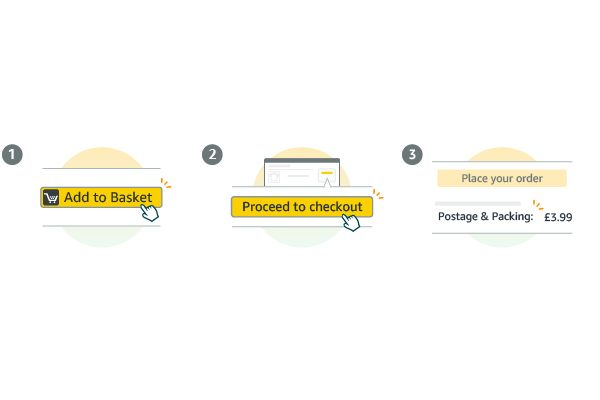
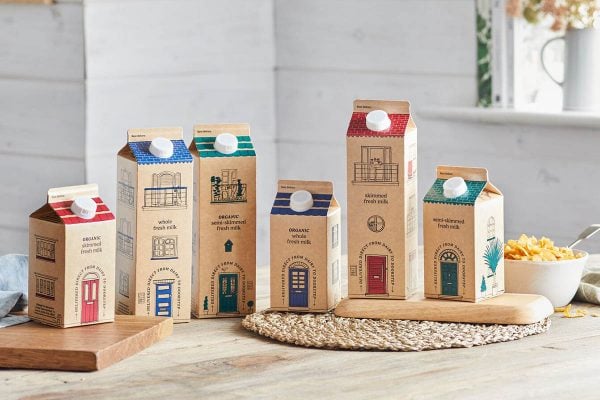

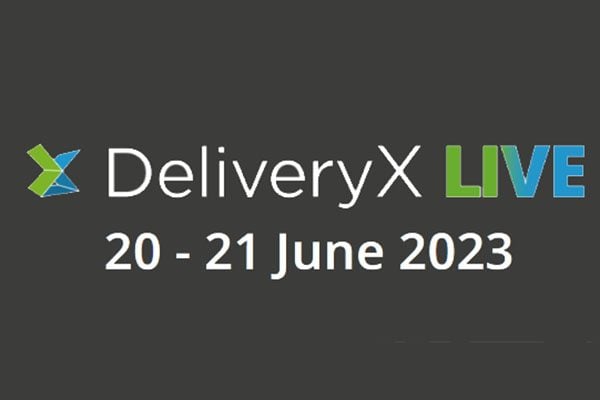


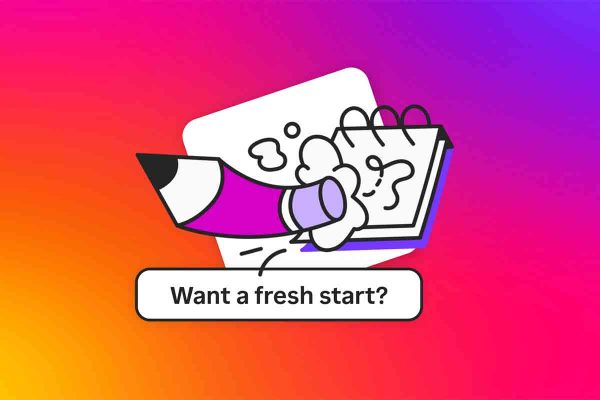

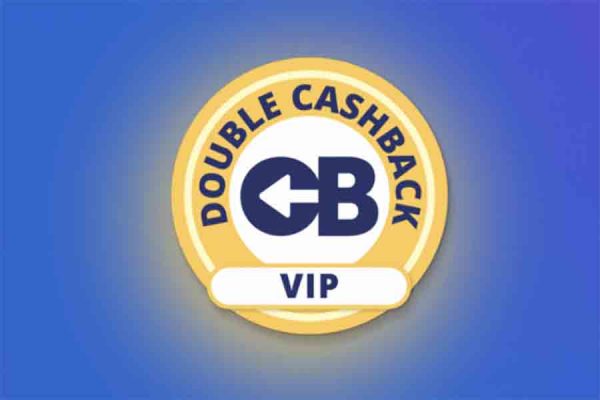
4 Responses
The article is really interesting. On eBay buyers can leave star ratings for aspects of the purchase. I offer free postage on all items. 80% 1st class signed for the remainder 2nd class signed for.
The one star rating that is lower than the other three is despatch time. I despatch same day on orders paid for by 3pm Monday to Friday and do a Saturday morning post run too. The people who have marked me down have all had the item the following day and yet still score despatch less than 5 stars. For free shipping I would think free next day delivery would be well received by customers but apparently that isn’t the case for some people.
The sad facts are eBay are not interested in what a sellers customers want they are only interested in what they can control and pinch a few more pounds from.
If the Big boys employ drivers in striped vans they will make that a criteria for top rated and discounts on final value fees once they get a financial cut from them.
Many customers we have spoken with say when they get round to leaving feedback they have forgotten how long the delivery took and have the discussion with their partner and normally think it took ages so often leave low ratings only to realise it was within they time they chose.